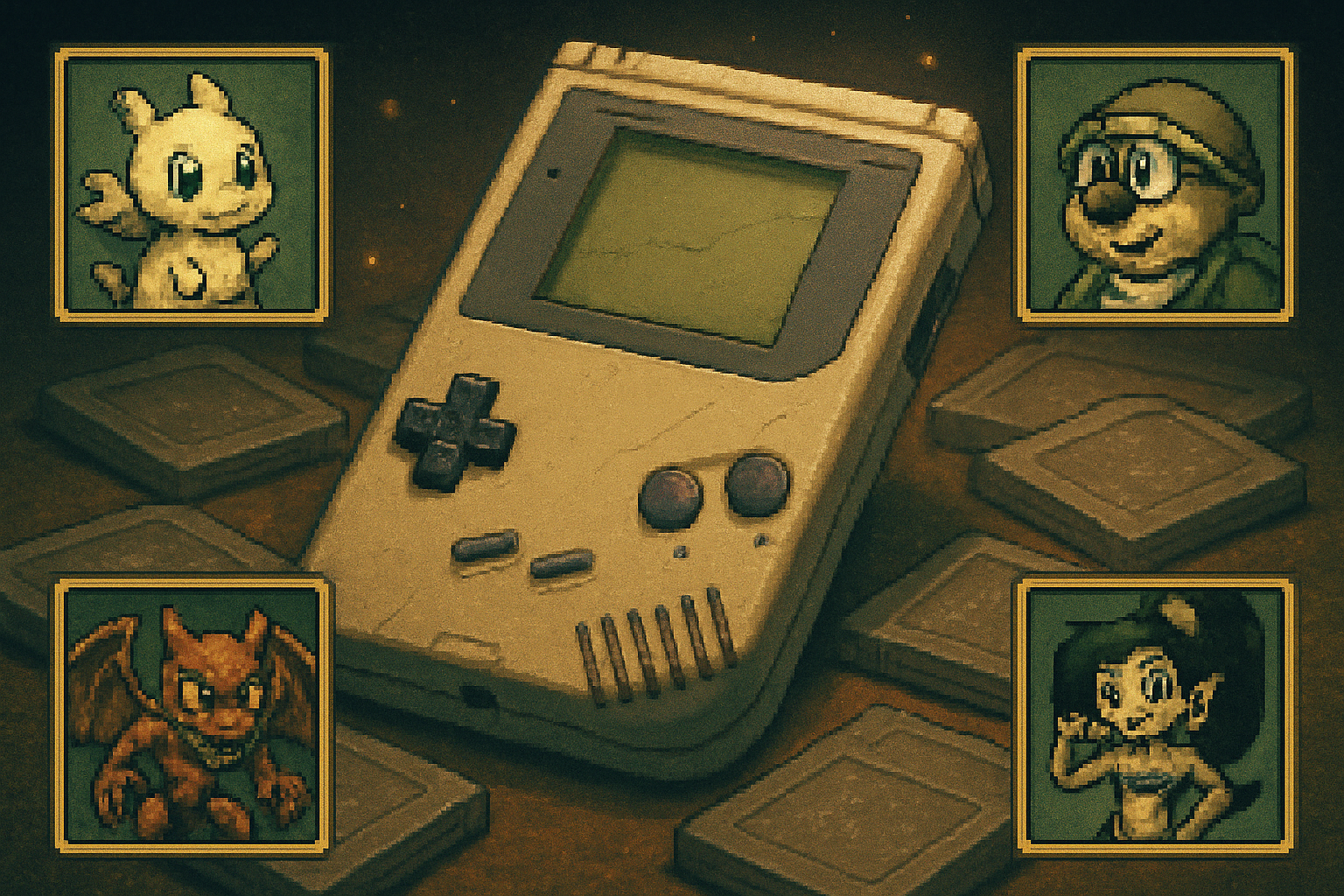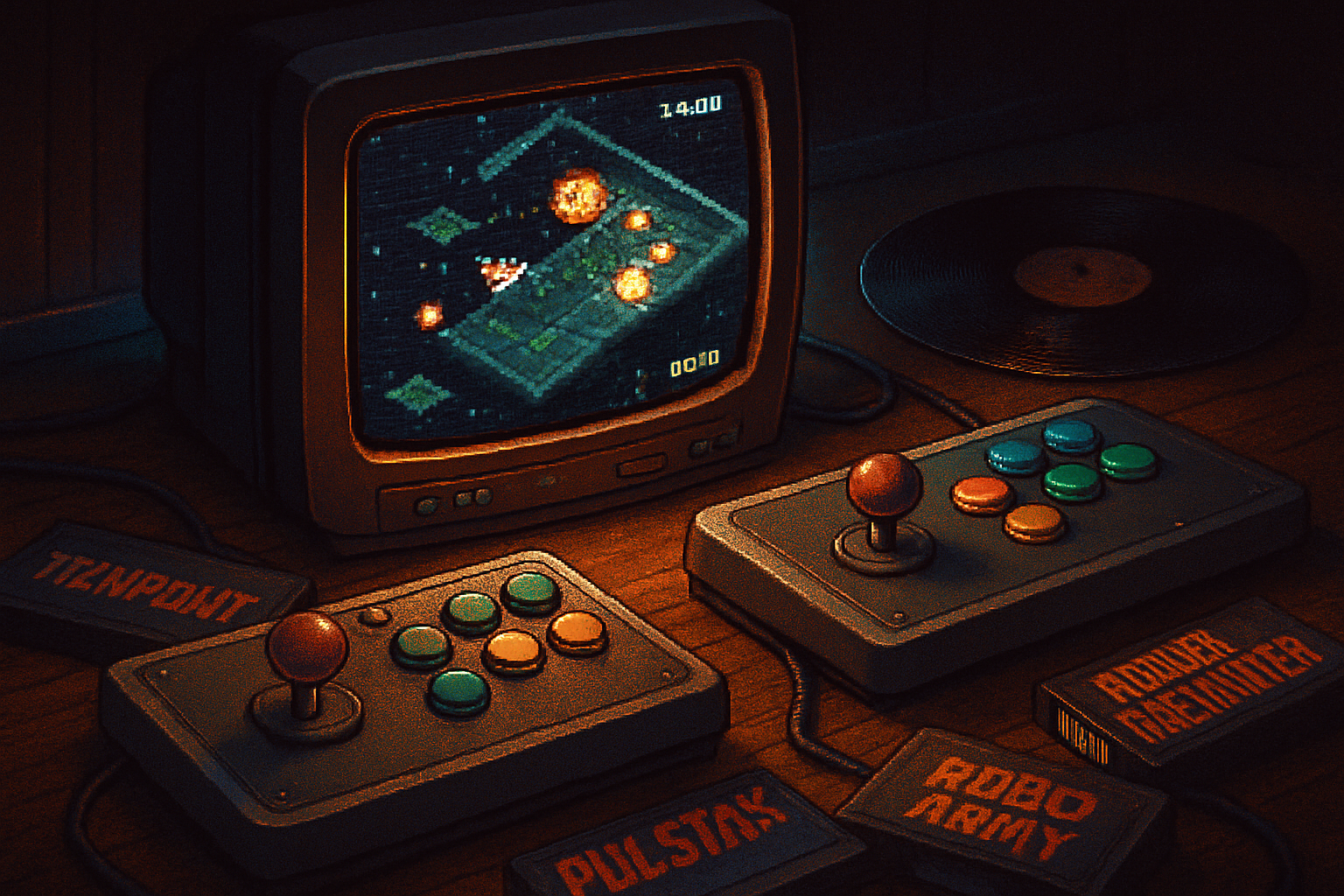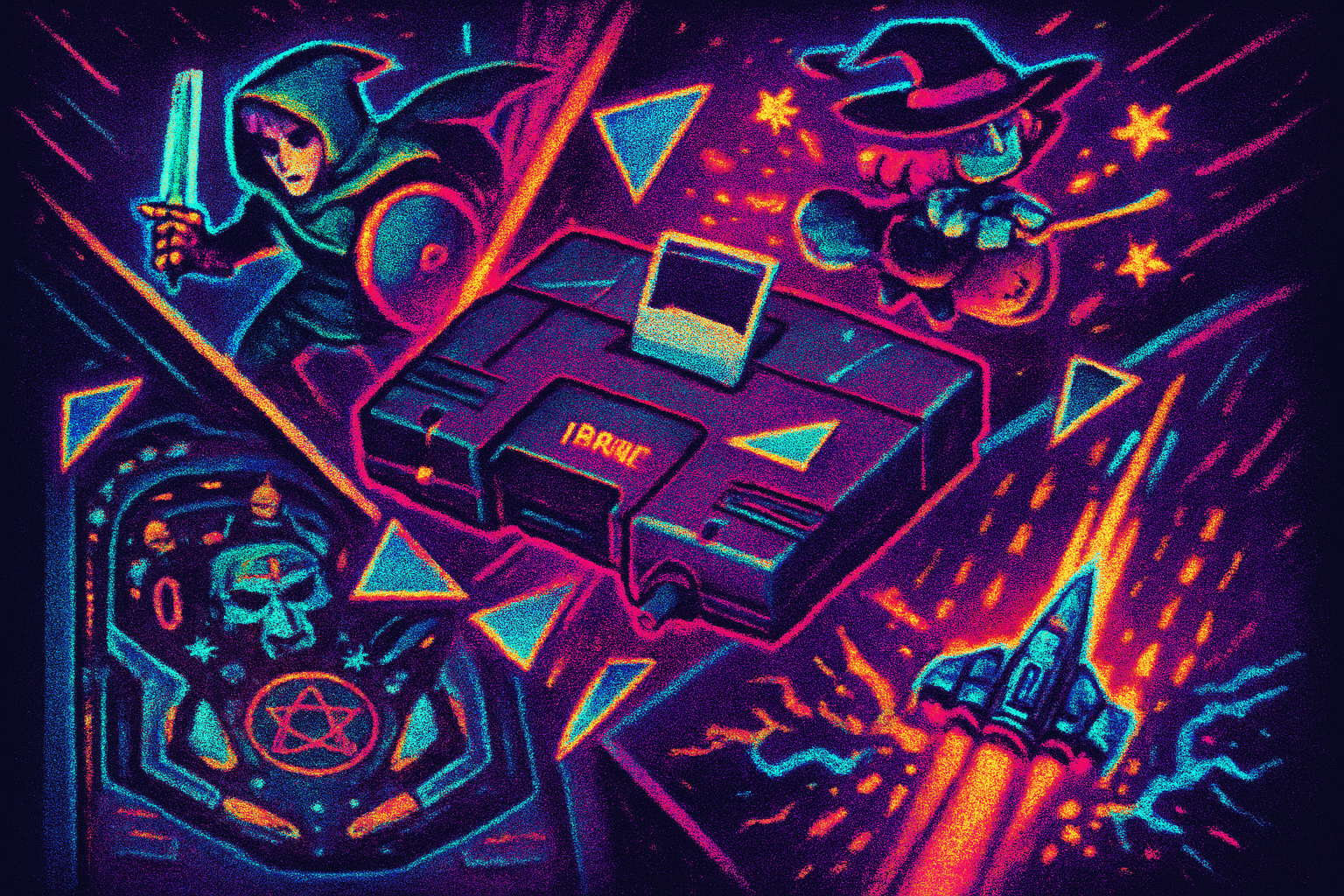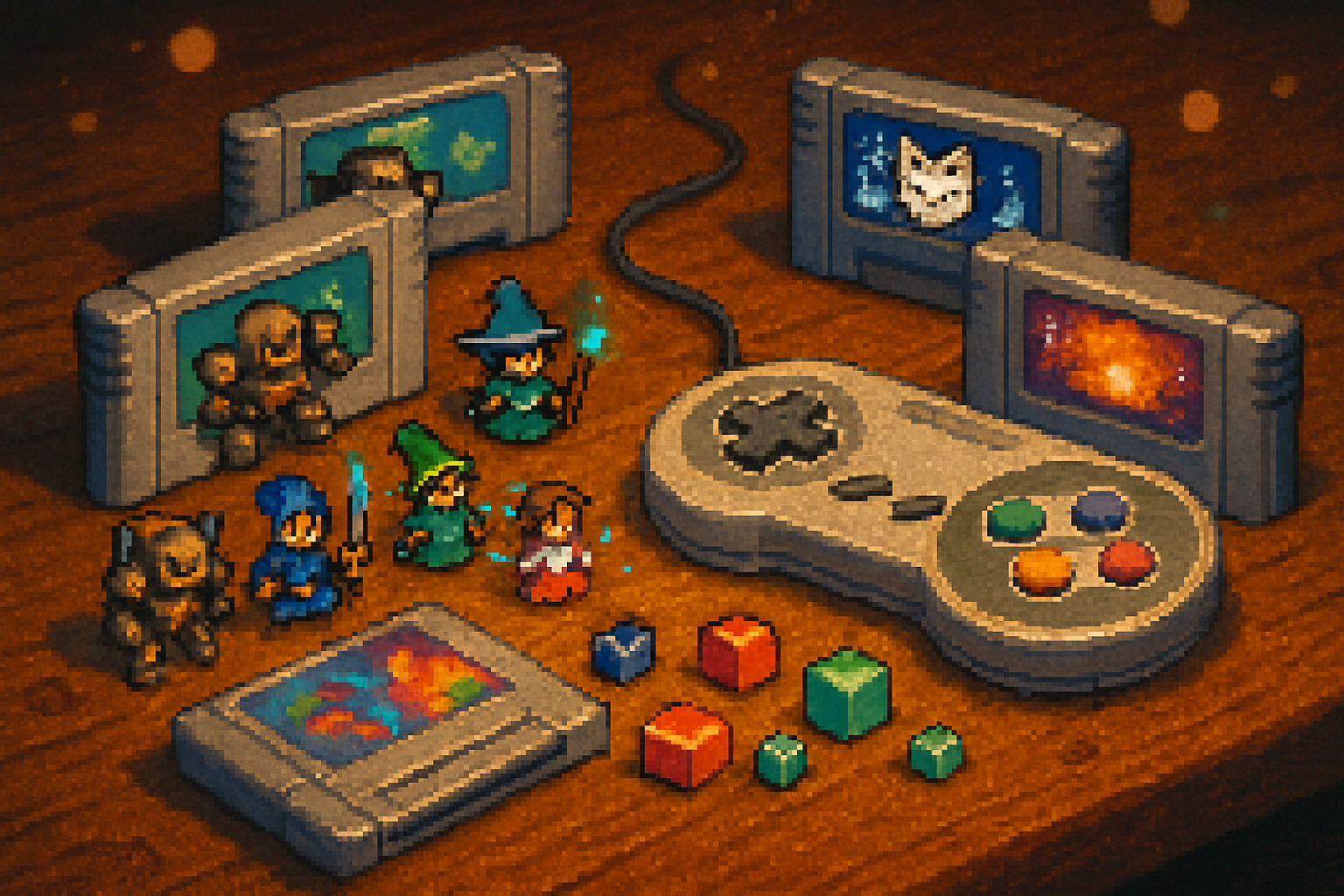· retrogaming · 6 min read
The Forgotten Gems: Underrated Game Boy Color Titles You Need to Experience
A guided tour of lesser-known Game Boy Color titles that deliver surprising creativity, tight design, and unforgettable nostalgia - from cult platformers to innovative hardware experiments.
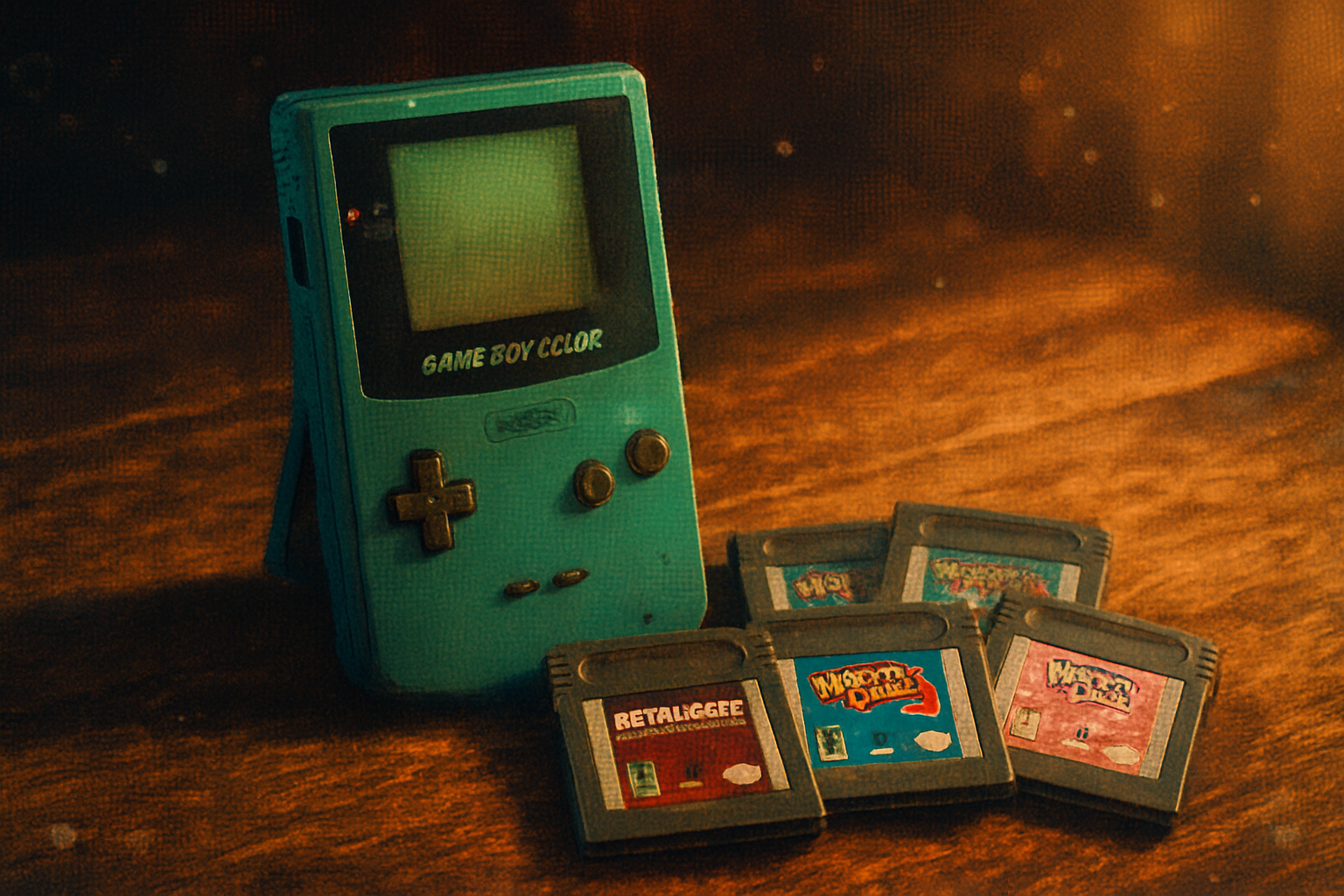
The Game Boy Color library is often reduced to a shortlist of blockbusters - Pokémon, Zelda: Link’s Awakening DX, and the Mario classics. But tucked between those heavy-hitters are smaller, exceptional experiences that many modern players have never tried. These are games that pushed the hardware, told memorable stories, or experimented with novel controls. Below are some of the most compelling underrated GBC titles and why they deserve a spot in your collection.
How we defined a “forgotten gem”
- Historically overlooked by mainstream retrospectives
- Offers distinctive gameplay, narrative, or technical ingenuity
- Still accessible (either cartridge, re-release, or ROM) and enjoyable today
Shantae - a late-era platformer with soul
Why it’s special
Shantae (2002) is a masterpiece of compact platforming design: tight controls, expressive pixel work, an infectious soundtrack, and a charming protagonist who uses belly-dance transformations to progress. Released late in the GBC lifecycle and in limited quantities, it didn’t reach a wide audience at the time but has since become a cult favorite.
What to expect
Short, refined levels filled with secrets, unique boss fights, and a charming cast of NPCs. The game’s structure rewards exploration and replay.
Where to learn more
Metal Gear: Ghost Babel - a full Metal Gear experience on a handheld
Why it’s special
Also known as Metal Gear Solid (on some packaging), Ghost Babel is a standalone story that condenses the stealth-action DNA of the series into an isometric/top-down GBC experience. It nails pacing, intelligent enemy design, and surprisingly robust mechanics for the platform.
What to expect
Tight stealth encounters, creative boss fights, and a surprisingly cinematic story edited for the GBC. It’s a great example of adapting a big-console franchise to limited hardware without losing identity.
Where to learn more
- Metal Gear - Ghost Babel -
Wario Land 3 - exploration, puzzles, and replayability
Why it’s special
Often overshadowed by Wario Land 4 and other Nintendo platformers, Wario Land 3 is a subtle, atmospheric platformer that flips the usual approach: rather than simply defeating enemies, you often use them and environmental interactions to unlock secrets.
What to expect
Non-linear stages, puzzle-based progression where items and enemy interactions are tools, and a layered design that rewards multiple playthroughs to uncover everything.
Where to learn more
- Wario Land 3 - https://en.wikipedia.org/wiki/Wario_Land_3
Pokémon Trading Card Game - a surprising strategy gem
Why it’s special
While it lacks the monsters-and-battles flash of the mainline Pokémon games, Pokémon Trading Card Game (GBC) is an excellent digital adaptation of the card game, with a compelling single-player campaign, deck-building depth, and accessible rules that can hook strategy fans.
What to expect
Card-collecting progression, carefully scripted AI opponents, and surprising depth in deck construction. It’s a perfect handheld strategy fix with Pokémon charm.
Where to learn more
- Pokémon Trading Card Game - https://en.wikipedia.org/wiki/Pok%C3%A9mon_Trading_Card_Game_(video_game)
Dragon Warrior Monsters (and its sequel) - the monster-collecting roots beyond Pokémon
Why it’s special
Predating, paralleling, and in some ways refining monster-collecting mechanics, the Dragon Warrior Monsters series rewards experimentation with breeding and team composition. The systems are deep, occasionally opaque, and extremely rewarding when you crack them.
What to expect
Randomly generated dungeons, breeding mechanics that create endlessly varied monsters, and an economy of patience and discovery that feels very different from mainstream monster RPGs.
Where to learn more
- Dragon Warrior Monsters - https://en.wikipedia.org/wiki/Dragon_Warrior_Monsters
- Dragon Warrior Monsters 2 - https://en.wikipedia.org/wiki/Dragon_Warrior_Monsters_2
Kirby Tilt ‘n’ Tumble - a hardware experiment that still delights
Why it’s special
Kirby Tilt ‘n’ Tumble shipped with a tilt sensor inside the cartridge and required physical movement to control Kirby. It’s not just a gimmick - the game’s design embraces motion-based puzzles and auto-scrolling action in a way that’s charming and tactile.
What to expect
Short, inventive levels that combine tilting with traditional platforming sensibilities. The cartridge hardware makes it a unique piece of GBC history.
Where to learn more
- Kirby Tilt ‘n’ Tumble - https://en.wikipedia.org/wiki/Kirby_Tilt%27n%27_Tumble
Trip World - a small, surreal platformer worth discovering
Why it’s special
Originally a Game Boy title but a perfect fit for GBC play, Trip World is an often-overlooked platformer with relaxed pacing, creative level themes, and an adorable protagonist. It’s short but memorable.
What to expect
A tranquil, exploratory platformer with inventive boss encounters and a distinct charm that feels more like an interactive fable than a conventional action game.
Where to learn more
- Trip World - https://en.wikipedia.org/wiki/Trip_World
Mole Mania - an underappreciated NES-to-GBC carryover gem
Why it’s special
Mole Mania is a Nintendo-developed puzzle-action title that tasks you with digging, pushing, and outsmarting foes in discrete puzzle rooms. It’s tight, clever, and a great example of Nintendo’s puzzle design sensibilities on a handheld.
What to expect
Room-by-room puzzles that introduce mechanics steadily, a strong sense of progression, and an emphasis on solving problems rather than raw reflexes.
Where to learn more
- Mole Mania - https://en.wikipedia.org/wiki/Mole_Mania
Mega Man Xtreme (and Xtreme 2) - Mega Man’s portable X-era
Why it’s special
These GBC entries distill Mega Man X action into portable stages while introducing original levels, bosses, and speed-run friendly gameplay. They’re excellent pocket-sized Mega Man experiences often ignored in retrospectives.
What to expect
Fast platforming, tight shooting mechanics, and boss patterns that reward practice and pattern memorization.
Where to learn more
- Mega Man Xtreme - https://en.wikipedia.org/wiki/Mega_Man_Xtreme
Why these games matter today
- Creativity under constraints - The GBC era forced devs to do more with less - compressed visuals, clever sound design, tight mechanics.
- Unique experiments - Tilt controls, deep breeding systems, and fully-realized stealth on an 8-bit handheld are testaments to designers pushing boundaries.
- Preservation of design ideas - Many of the mechanics pioneered or refined on GBC would echo in later handheld and indie titles.
Tips for playing and collecting
- Don’t underestimate ROMs/emulation for discovery, but buy cartridges if you want the authentic experience and to support preservation.
- Look for regional differences - some titles received unique content or translations between Japan, Europe, and North America.
- Cartridge condition matters - battery-backed saves can die; check for save functionality or learn how to replace/repair saves if collecting.
- Limited prints (Shantae, Kirby Tilt ‘n’ Tumble) command higher prices - consider reprints/remasters where available.
Where to start (recommended first plays)
- Shantae - immediately showcases late-era GBC polish.
- Metal Gear - Ghost Babel - for a surprising, meaty stealth experience.
- Pokémon Trading Card Game - approachable strategy with accessible pacing.
- Kirby Tilt ‘n’ Tumble - to experience hardware creativity.
Final thoughts
The Game Boy Color’s library contains a remarkable mix of innovation and charm beyond the usual canon. Whether you want tight platforming, inventive hardware experiments, or deep systems that reward time and experimentation, there are underappreciated titles waiting to be rediscovered. If you grew up with a GBC or are a newcomer exploring retro handhelds, give some of these forgotten gems a try - they’re small windows into a uniquely creative era of game design.
Further reading
- Wikipedia - Game Boy Color library pages and individual game entries linked above for deeper historical context.
